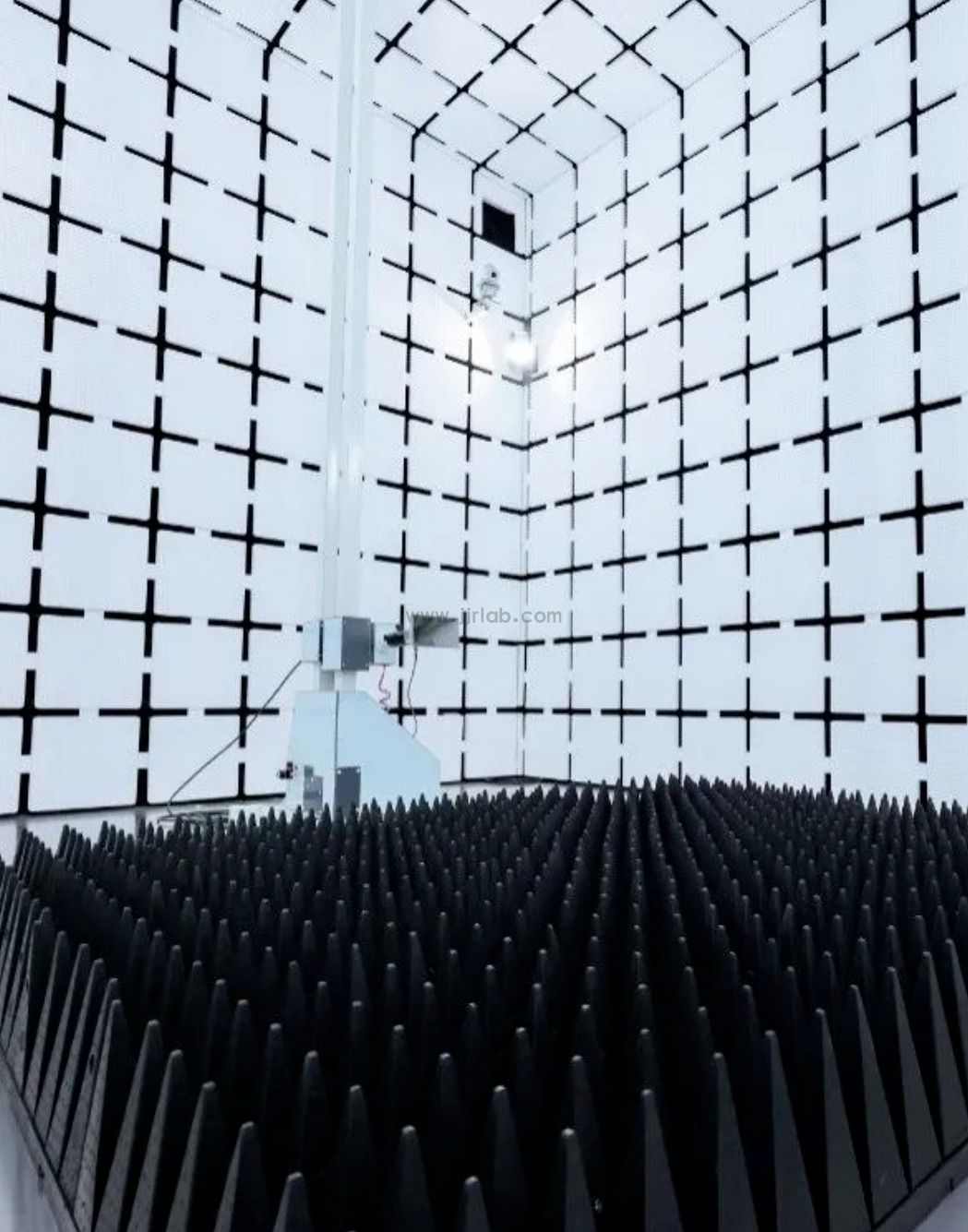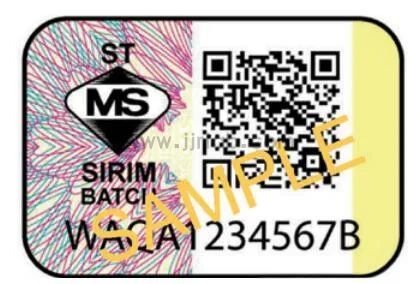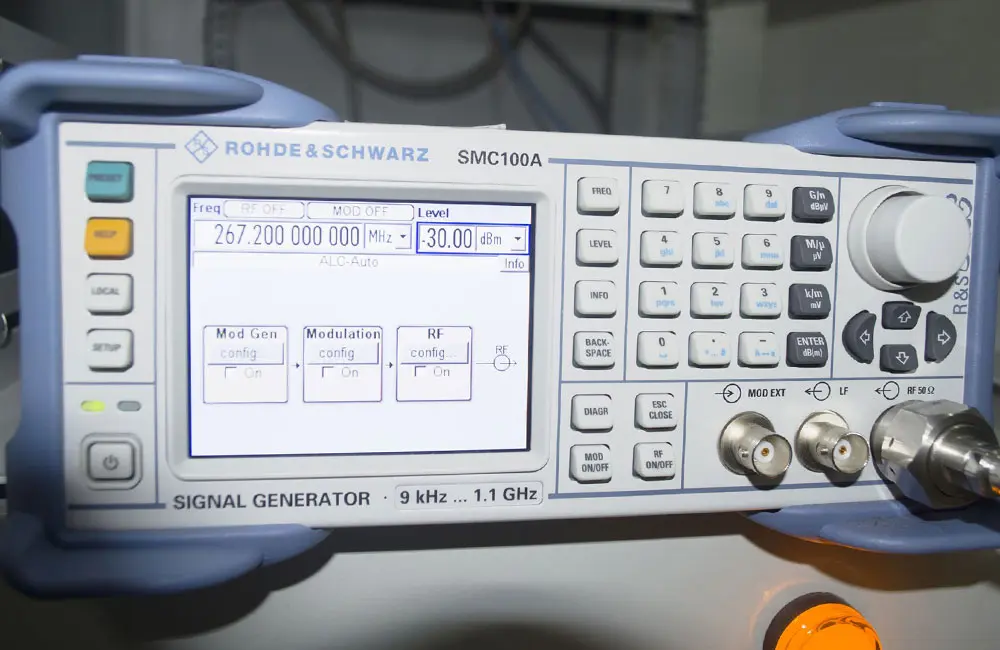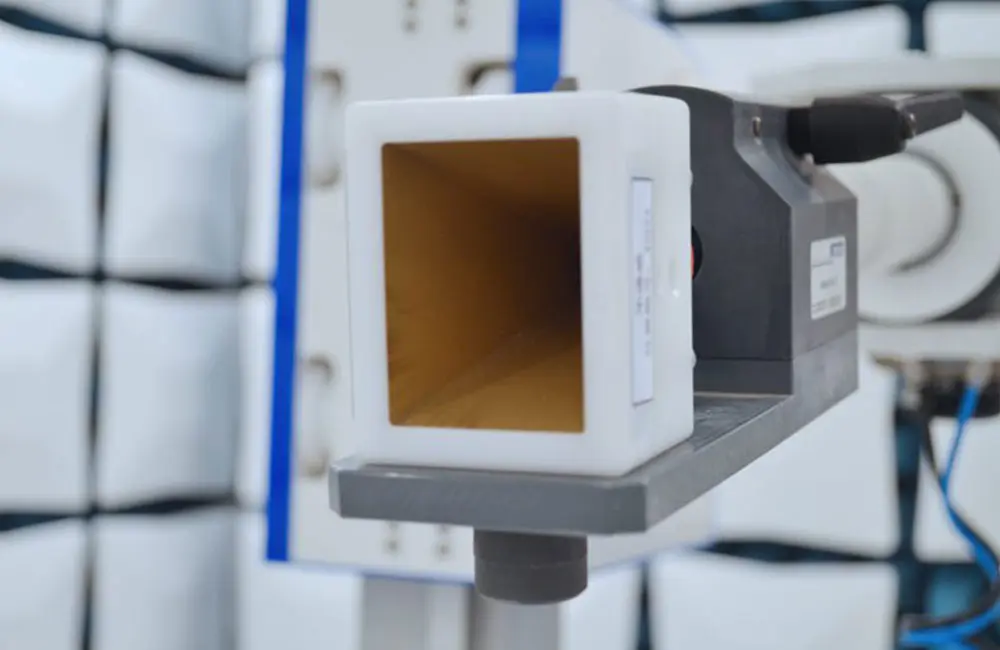
EMC Testing — RE, CE, ESD
emc testingitems — RE, CE, and ESD — are essential for ensuring the compatibility and reliability of electronic products in electromagnetic environments.
They respectively assess:
1. Radiated Emissions (RE)
2. Conducted Emissions (CE)
3. Electrostatic Discharge (ESD) immunity
These tests make sure that products can operate normally in various electromagnetic environments without causing interference to other devices, while also protecting user safety and extending product lifespan.

Radiated Emissions Test (RE)
Definition
Evaluates the level of electromagnetic radiation interference generated by electronic or electrical products or systems during operation.
Ensures that they do not interfere with other electronic devices and that their radiation levels remain within safe limits, protecting users from electromagnetic hazards.
Purpose
1. Prevent the product’s electromagnetic radiation from interfering with other devices during operation.
2. Ensure that the product’s radiation level meets relevant standards and regulatory requirements.
Common Test Standards
Consumer electronics: EN 55032 (RE & CE), Class A, and Class B.
Conducted Emissions Test (CE)
Definition
Evaluates the level of electromagnetic disturbances transmitted outward through power lines, signal lines, or other conduction paths by electronic or electrical products or systems during operation.
Purpose
1. Prevent products from causing electromagnetic interference to other devices through conduction paths.
2. Ensure the product operates on public power grids or signal lines without adversely affecting other devices.
Test Content
Measures the interference signals emitted through power lines, signal lines, and interconnecting cables during device operation, and checks whether these levels exceed the limits defined in relevant standards.
Common Test Standards
1. Chinese standard GB 18655 (RE & CE): Five levels; Level 3 is common, but many now target Level 5 compliance.
2. European and international standards: EN 55014, CISPR 16, IEC 61000-4-6, etc.
Electrostatic Discharge (ESD) Test
Definition
Evaluates a product’s immunity to electrostatic discharge, helping to detect and resolve potential ESD problems early to ensure user safety and product longevity.
Purpose
1. Ensure the product is not damaged or degraded in performance when subjected to ESD.
2. Assess the product’s resistance to ESD interference.
Test Methods
1. Direct Contact Discharge: The discharge electrode of an ESD simulator directly contacts the metal part of the equipment under test, simulating a discharge from an operator or object touching the device.
2. Air Discharge: The discharge electrode is brought near (but not in contact with) the device, simulating discharge from a person or object to a nearby surface.
Common Test Standards
1. Consumer electronics: IEC 61000-4-2 (international), GB/T 17626.2-2006 (China); direct contact voltage ±4 kV, air discharge voltage 8 kV.
2. Medical devices: iec 60601-1-2 (international), YY 0505 (China); direct contact voltage ±4 kV, air discharge voltage 8 kV.
JJR Laboratory in China provides compliance services for Canada ised, EU ROHS, REACH, EN 71, US UL, CPSIA, California 65, China SRRC, japan pse, South Korea KCC, Australia and New Zealand RCM, EU CE, US fcc id, Russia EAC, Singapore IMDA, PSB, India BIS, WPC, UK ukca, china ccc, EU RED, US FCC, US CPC, South Korea KC, Japan MIC, etc.
Email:hello@jjrlab.com
Write your message here and send it to us
 SIRIM and MEPS Certification for Fans in Malaysia
SIRIM and MEPS Certification for Fans in Malaysia
 U.S. CPSC Water Bead Toy Compliance Requirements!
U.S. CPSC Water Bead Toy Compliance Requirements!
 Food Contact Materials (FCM) Regulation
Food Contact Materials (FCM) Regulation
 How to get Certification Compliance for Lithium Ba
How to get Certification Compliance for Lithium Ba
 LED Lighting Safety Testing Service Laboratory
LED Lighting Safety Testing Service Laboratory
 LED Lighting EMC Testing Service
LED Lighting EMC Testing Service
 EU REACH Compliance Testing Services
EU REACH Compliance Testing Services
 Electronic and Electrical Reliability Testing Serv
Electronic and Electrical Reliability Testing Serv
Leave us a message
24-hour online customer service at any time to respond, so that you worry!




